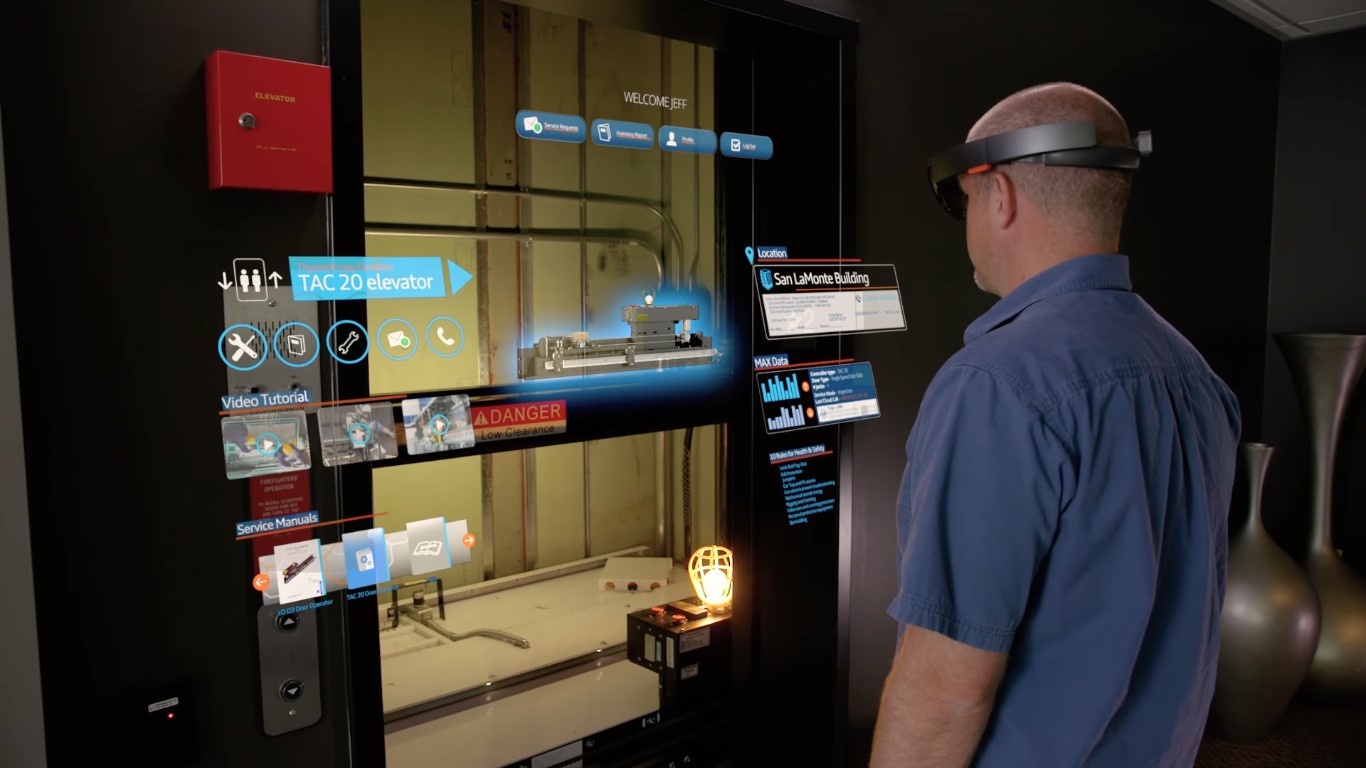Home>Latest News>Technology Trends>What Are AR Apps


Technology Trends
What Are AR Apps
Modified: September 5, 2024
Discover the latest technology trends with AR apps and explore their impact on the digital world. Stay ahead of the curve with our comprehensive guide.
(Many of the links in this article redirect to a specific reviewed product. Your purchase of these products through affiliate links helps to generate commission for Techsplurge.com, at no extra cost. Learn more)
Table of Contents
What Are AR Apps?
Augmented Reality (AR) apps have transformed how we interact with our surroundings. By blending digital information with the user's environment, these apps create immersive experiences. This article will cover the history, types, applications, and future prospects of AR apps.
Read more: The Rise of AR Apps
History of AR Apps
The concept of AR has existed for decades. However, the first AR systems emerged in the 1990s. Tom Caudell, a researcher at Boeing, coined the term "Augmented Reality" in 1990. The 2000s saw AR gaining traction with mobile device advancements and the introduction of AR SDKs like ARKit for iOS and ARCore for Android.
The first AR app, "E.A.R. (Electronic Augmented Reality)," was developed in 1992 by Boeing. This early system used head-mounted displays to provide pilots with real-time aircraft system information. Since then, AR technology has evolved significantly, leading to more sophisticated and user-friendly experiences.
Types of AR Apps
AR apps can be categorized based on their functionality and supported devices:
Marker-Based AR
These apps use markers or images to trigger AR experiences. Pokémon Go is a well-known example, using real-world locations and images to bring Pokémon to life.
Markerless AR
This type does not require markers or images. Instead, it uses the device's camera and sensors to detect the environment and overlay digital information. Examples include virtual try-on features for clothing and makeup.
Read more: What Are AR Glasses
Superimposed AR
Superimposed AR overlays digital information directly onto the real world. Navigation apps commonly use this, where directions and points of interest are superimposed onto the real-world view.
Virtual Try-On AR
These apps allow users to try on virtual clothing, accessories, or makeup without physically changing their appearance. This type is particularly popular in the fashion and beauty industries.
Interactive AR
Interactive AR apps enable users to interact with virtual objects in real-time. Examples include interactive museum exhibits and educational games that teach complex concepts through simulations.
Applications of AR Apps
AR apps have diverse applications, impacting various industries significantly:
Read more: What Are AR Games
Education
AR makes learning more engaging and interactive. Students can explore historical sites or visualize complex scientific concepts using AR.
Retail
Virtual try-on features in retail apps have transformed the shopping experience. Customers can try on clothes, see how makeup looks without applying it, and visualize furniture in their homes before purchasing.
Healthcare
AR is used in medical training to simulate surgeries and patient interactions. It also helps patients understand their conditions better by providing interactive 3D models of organs and tissues.
Gaming
AR gaming has gained popularity with the success of Pokémon Go. It offers a unique experience that combines the physical world with digital elements.
Read more: What Is Key VPN App
Real Estate
Real estate agents use AR to provide virtual tours of properties. This allows potential buyers to explore homes remotely, reducing the need for physical visits.
Manufacturing
AR guides workers through complex assembly processes in manufacturing. It provides step-by-step instructions and real-time feedback, improving efficiency and reducing errors.
Future Prospects of AR Apps
Several trends and advancements are expected to shape the future of AR apps:
Advancements in Hardware
Improved camera technology, better sensors, and more powerful processors will enable more sophisticated AR experiences.
Read more: Developing an Augmented Reality App
Increased Adoption
As more devices become AR-capable, the user base for AR apps is expected to grow significantly.
Integration with IoT
The integration of AR with the Internet of Things (IoT) will open up new possibilities for smart home applications and industrial automation.
AR Cloud
The concept of an AR cloud, where AR data is stored and accessed remotely, will enable more seamless and consistent experiences across different devices.
Social Impact
AR has the potential to address social issues such as accessibility and education. For example, AR can help visually impaired individuals navigate their surroundings more easily.
Read more: What Is Chromecast
Challenges and Limitations
While AR apps offer numerous benefits, several challenges and limitations need addressing:
Technical Limitations
Current technical limitations of AR devices, such as resolution and field of view, can affect the quality of the experience.
User Experience
Ensuring a smooth and intuitive user experience is crucial for widespread adoption. This includes addressing issues like latency and tracking accuracy.
Privacy Concerns
The use of cameras and sensors in AR devices raises privacy concerns. Developers must ensure that user data is handled responsibly and with transparency.
Read more: Consumers Overcoming the Barriers of AR
Cost
High-end AR devices can be expensive, making them inaccessible to a large segment of the population.
Content Creation
Creating high-quality AR content requires specialized skills and resources. This can be a barrier to entry for small developers or individuals.
Augmented Reality apps have evolved significantly since their inception. From early beginnings in the 1990s to the sophisticated experiences seen today, AR technology continues to improve. With diverse applications across various industries, AR is set to change how we interact with the world. Addressing technical limitations, ensuring user experience, and handling privacy concerns are crucial for continued growth and adoption. As AR plays an increasingly important role in shaping our daily lives, understanding its history, types, applications, and future prospects helps us appreciate this technology's potential.










